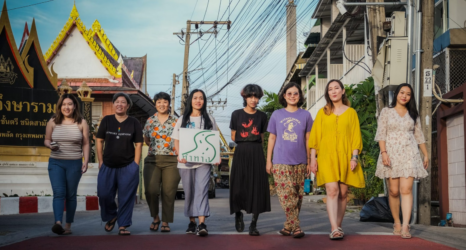This week marks three years since a massive earthquake leveled Nepal—killing 9,000 people, injuring an additional 22,000 and affecting roughly one-quarter of the country’s population. The earthquake struck while Nepal was attempting to rebuild following the resolution of its 10-year civil war in 2006.
New research from Georgetown University’s Institute for Women, Peace and Security finds that Nepali women played a crucial yet under-appreciated role in relief efforts following both the earthquake and the conflict—and many continue to help the country as it moves into long-term recovery initiatives.
In our study, we explore how gender-based discrimination and legal barriers amplified the adverse impacts of the conflict and the earthquake on Nepali women.
In spite of these challenges, we find that women and women’s organizations led relief efforts and met the needs of marginalized communities—including women—following the conflict and disaster. We also find that Nepali women continue to advocate for policy and humanitarian changes that better address women’s needs and open opportunities for marginalized groups, ultimately helping communities become stronger and more resilient.
Women rebuilt Nepal. In the wake of great loss and in the midst of widespread suffering, they helped to save lives, preserve communities and rebuild livelihoods.





